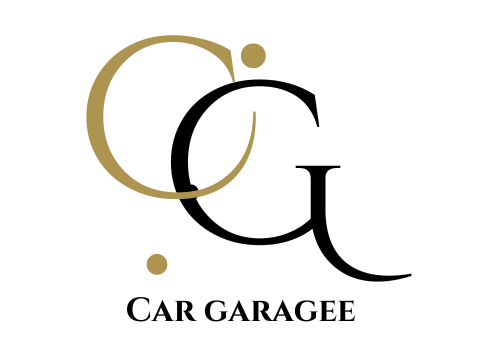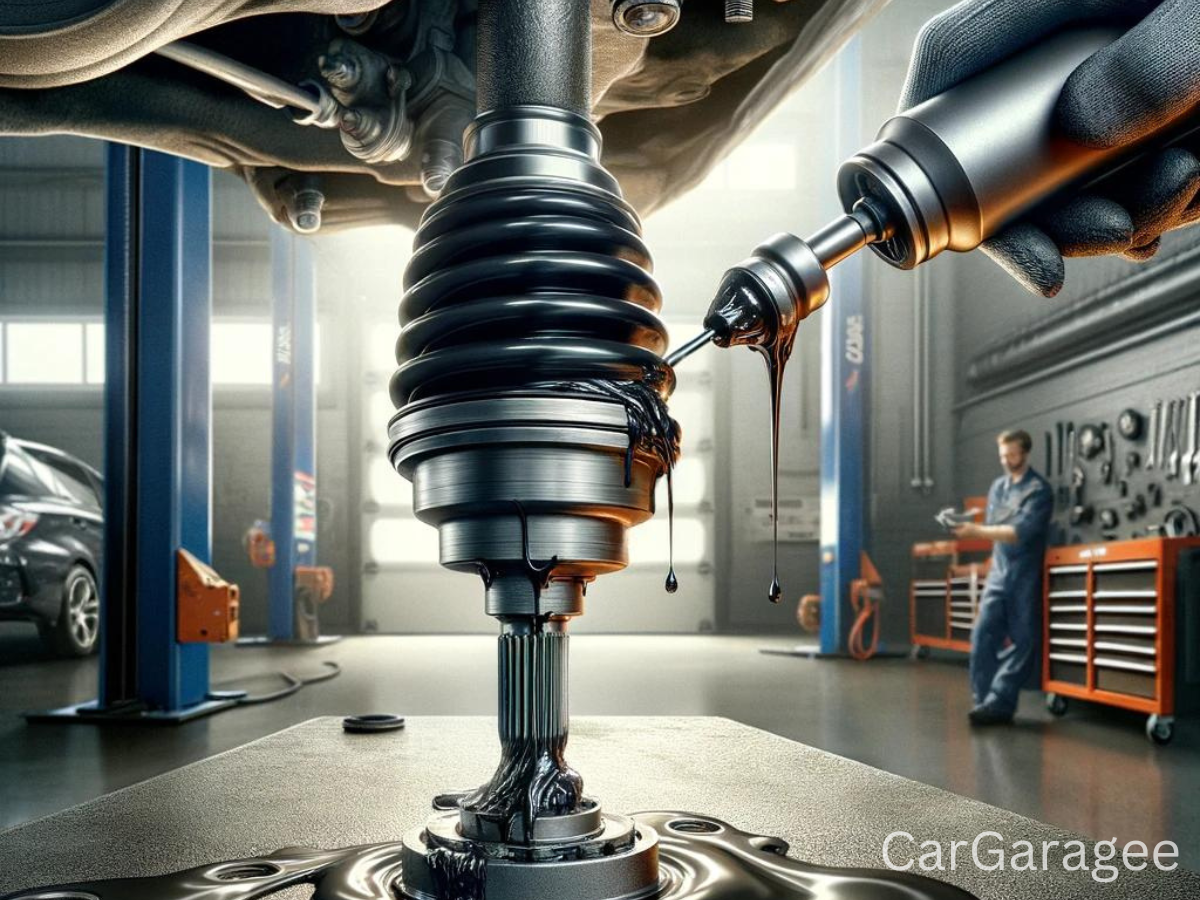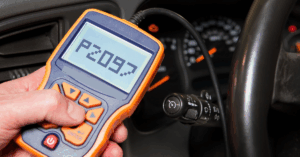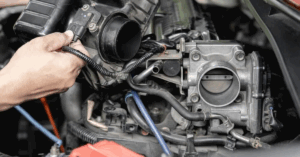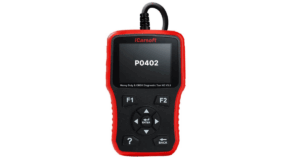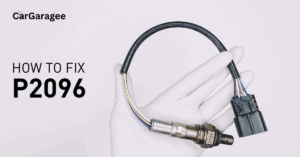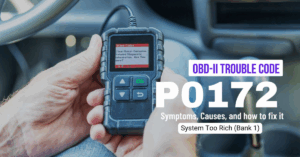A Constant Velocity (CV) axle is important in ensuring your vehicle’s wheels rotate steadily regardless of the driving surface. Regular lubrication with the right type of CV axle grease is essential to maintain the axle’s peak performance. In this article, we’ll guide you through the simple steps to properly grease your CV axle, helping to prolong its life and keep your ride smooth. Continue reading for a detailed, easy-to-follow procedure that will add value to your vehicle maintenance routine.
Importance of Greasing a CV Joint
CV joints are critical components that connect your vehicle’s transmission to its wheels, enabling smooth turning and steady power delivery. Keeping these joints in good condition is essential, as they endure constant movement and pressure, especially during turns and acceleration.
It’s vital to use the correct type of CV axle grease to maintain the CV joints. This grease helps prevent friction, reduces wear, and protects against contaminants like water and dirt. When greasing a CV joint, lithium grease is the best choice. It contains molybdenum disulfide and graphite, offering excellent protection against heavy sliding, shocks, and impact loading.
Regular application of CV axle grease can extend the life of the joints and ensure smoother vehicle performance. Greasing it is also crucial when rebuilding or replacing it. Keeping the CV joint well-lubricated ensures that your vehicle’s drive shaft stays in place and that the wheels turn as they should. This simple maintenance task can significantly affect your car’s overall handling and longevity.
Applying CV Axle Grease: A Detailed Procedure
When it comes to maintaining your vehicle’s CV axles, proper lubrication is key to ensuring smooth operation and extending the life of the axle components. Here’s a straightforward guide on how to apply CV axle grease effectively, whether you’re dealing with a shrunken or torn boot.
Greasing a Shrunken CV Boot:
Gather Supplies:
You’ll need a CV boot clamp (available in universal sizes or specific to your vehicle) and two packets of CV joint grease. Heavy-duty stainless-steel zip ties can be a temporary alternative if you can’t find a clamp.
Access and Clean:
Remove the existing clamp to open the boot, then thoroughly remove the old grease. This can be done by scooping or draining it, mainly if the joint appears dry.
Apply New Grease:
Liberally apply one packet of CV axle grease, ensuring it covers all moving parts within the joint. This step is crucial in preventing future wear and tear.
Secure the Boot:
Once the new grease is in place, securely fasten the boot with a new clamp or zip tie to ensure no contaminants enter the joint.
Greasing a Torn CV Boot:
Purchase a CV Boot Kit:
Go for a kit with all necessary inner or outer boot components. These kits often come with the requisite amount of CV boot grease.
Clean the Axle:
After removing the boot, disassemble the axle parts. Clean them thoroughly using a car part washer or a degreaser with a stiff brush to remove old grease and debris.
Dry and Reassemble:
Rinse the parts and let them air dry to avoid trapping moisture. When reassembling, evenly distribute the CV boot grease across the components before sealing them with the boot clamp.
Key Tips:
Regularly check your CV axle for any signs of wear or damage. Early detection can save you from more extensive repairs.
Use high-quality CV axle grease to protect against friction and moisture.
By following these detailed steps and using the right products, you can effectively maintain your vehicle’s CV axle, ensuring optimal performance and durability. Remember, taking the time to apply CV axle grease correctly can significantly impact your vehicle’s handling and longevity.
Essential Tips for Greasing Your CV Axle
Maintaining your CV axle through regular greasing is crucial for your vehicle’s performance and longevity. Here are some essential tips, including insights from my personal experience as a professional mechanic, to ensure you’re doing it right:
Follow a Schedule:
Always stick to the greasing schedule recommended by your vehicle’s manufacturer. Consistent maintenance is vital to avoiding premature wear and tear. As someone who’s worked on numerous vehicles, I’ve seen firsthand how regular upkeep can prevent costly repairs down the road.
Watch for Signs of Trouble:
If you notice grease on the wheel well, shock absorbers, or brakes—but not on the axle—it’s a sign that the CV joint may leak and need immediate attention. Addressing these leaks early can save you from more severe issues like axle failure.
Use the Right Grease:
Not all greases are created equal. Use high-quality lithium-based grease for CV axles that withstand high pressures and temperatures. This type of grease helps ensure optimal lubrication and protection against harsh conditions.
Check for Contamination:
If greasing intervals are extended beyond the recommended period, contaminants like dirt and water can enter the CV joint, leading to accelerated wear. During each maintenance session, clean out any old CV axle grease and inspect for signs of contamination. I always highlight this in the workshop to avoid more significant problems.
Don’t Overlook the Clamps:
Ensure the CV boot clamps are secure and in good condition. A loose or damaged clamp can allow grease to escape and contaminants to enter, compromising the joint’s integrity.
Personal Mechanic Insight:
In my years in the garage, I’ve noticed many vehicle issues stem from neglected routine checks and maintenance. Checking your CV axle grease leakage or contamination during regular oil changes can be incredibly effective. This proactive approach not only extends the life of the axle but also ensures safer driving conditions.
READ MORE:
What Does Full Bolt On Mean in Car’s?
Color Code for Tail Light Wiring: A Comprehensive Guide
What Is The Rod Bearing Replacement Cost? Essential Guide
CV Axle Grease Leaking
When dealing with a CV axle grease leak, addressing the issue promptly is essential to prevent more significant problems. Here’s a straightforward guide to help you understand and manage these leaks effectively:
Understanding CV Axle Grease Leaks:
Identify the Leak:
A grease leak is usually noticeable due to a dark, oily substance around the CV joint area or inside the wheel rim. You might also see grease splatters on nearby parts like the shock absorber or brakes.
Check the CV Boot:
The most common cause of a grease leak in the CV axle is a damaged or torn CV boot, the rubber cover that protects the CV joint. Inspect the boot for any cracks, tears, or other damage.
Understand the Risks:
If grease leaks, the CV joint loses lubrication and protection against dirt and debris. This can lead to premature wear and joint failure, manifesting as clicking noises during turns or general instability in your vehicle’s handling.
Simple Steps to Address a CV Joint Grease Leak:
Clean the Area:
Clean the leak of CV axle grease from the wheel and surrounding parts before doing any repairs. This helps find the exact source of the leak and ensures a clean repair surface.
Replace or Repair the CV Boot:
If the boot is damaged, it’s often best to replace it entirely. CV boot kits are available and can be a cost-effective solution that you can do yourself or with professional help. If the boot is slightly damaged, a repair might be possible. Still, replacement is generally recommended for a long-term solution.
Replenish the Grease:
Refill the joint with high-quality CV axle grease after addressing the boot. Ensure you use enough grease to provide adequate lubrication, but avoid overfilling, which can put extra pressure on the new boot.
Secure Everything:
Ensure all components, especially the new boot clamps, are secured tightly. This prevents any new leaks and contamination from occurring.
Addressing a CV joint grease leak promptly saves you from more costly repairs and keeps your vehicle running smoothly and safely.
Conclusion
Mastering basic car maintenance skills, such as applying CV axle grease, can save you both time and money by reducing the need for frequent visits to the mechanic. Following the straightforward steps outlined above, you can confidently maintain your vehicle’s CV axle, ensuring it runs smoothly and reliably. Remember, taking proactive steps to care for your car extends its lifespan and enhances your safety on the road.
Ready to take charge of your vehicle’s health? Start by checking your CV joints today, and keep them well-lubricated to prevent future issues. If you encounter any complexities or need professional advice, don’t hesitate to contact us. Let’s keep your car in top condition together!
FAQS
What is CV axle grease?
It is a special lubricant used in a car’s constant velocity (CV) joints. It helps reduce friction and wear, protecting the joints from damage due to heat and contamination.
How often should I grease my CV joints?
It’s best to refer to your vehicle’s manual for specific recommendations. Still, a general rule is to check and potentially re-grease the CV joints every time your oil changes or at least once a year.
What are the signs of a CV axle grease leak?
Look for grease splattered around the inside of your wheel rim and over the adjacent car parts. You might also hear a clicking noise when turning, indicating that the CV joint is not properly lubricated.
Can I replace a CV boot myself?
Yes, you can replace a CV boot if you have basic mechanical skills and a few tools. CV boot replacement kits are available and typically come with instructions. However, if you’re uncomfortable doing it yourself, seeking professional help is wise.
What happens if I don’t fix a leaking CV joint?
Ignoring a grease leak can lead to the CV joint drying out and eventually failing. This failure can make your car unsafe to drive and potentially lead to more expensive repairs.
Is there a difference between CV axle grease types?
Yes, there are different types of grease suitable for CV joints. Still, lithium-based grease fortified with molybdenum disulfide is the most commonly recommended type for enhanced protection against wear and extreme conditions.

Mian Hashir is a passionate automotive enthusiast and the lead author at Car Garagee, a website dedicated to providing in-depth car reviews, maintenance tips, and the latest news in the automotive world. With years of experience in the industry, Hashir combines his technical knowledge with a love for cars to deliver insightful and engaging content. Whether you’re a car owner or a curious reader, Mian Hashir’s articles help readers make informed decisions, from choosing the right vehicle to understanding how to keep it in top condition.
